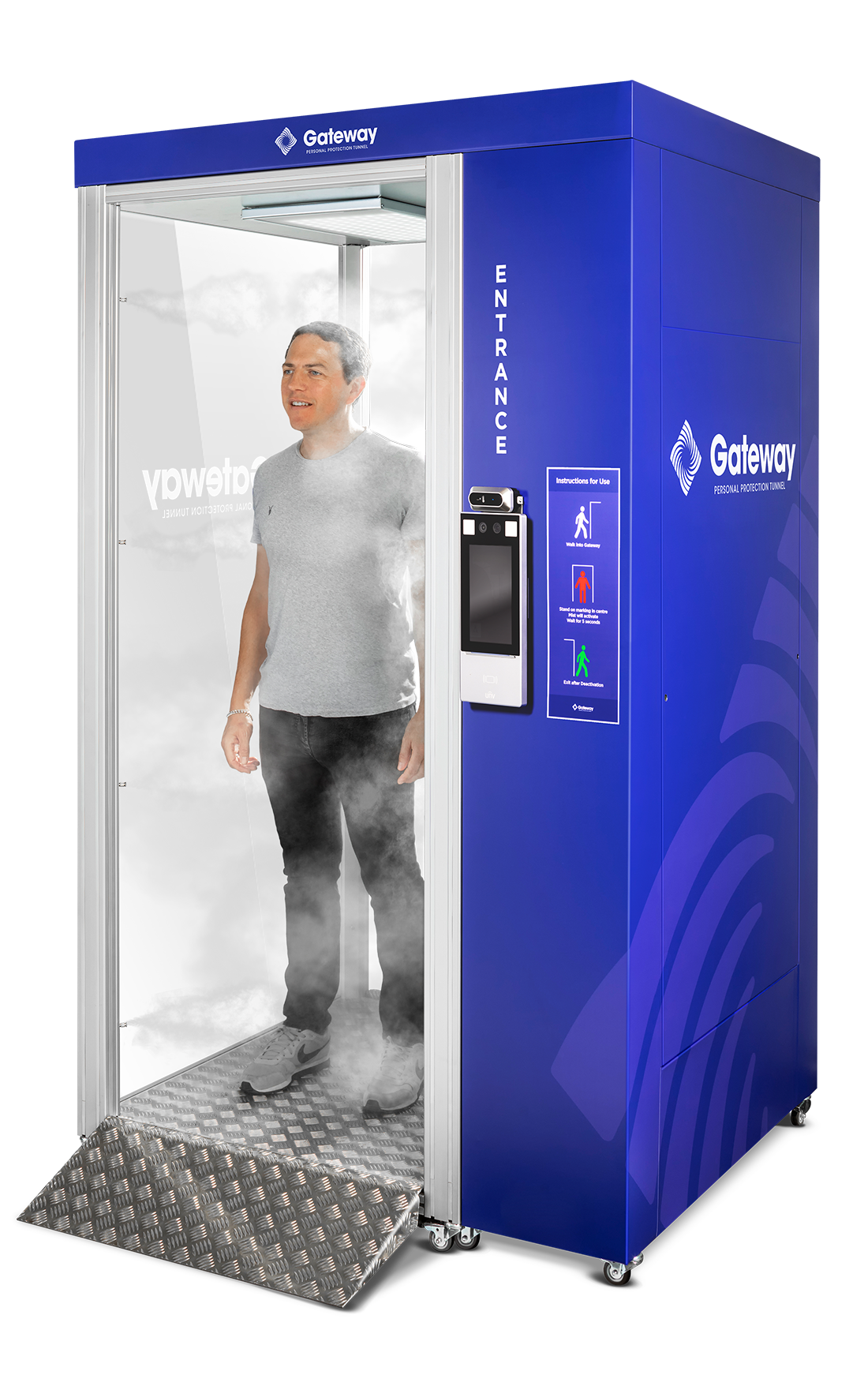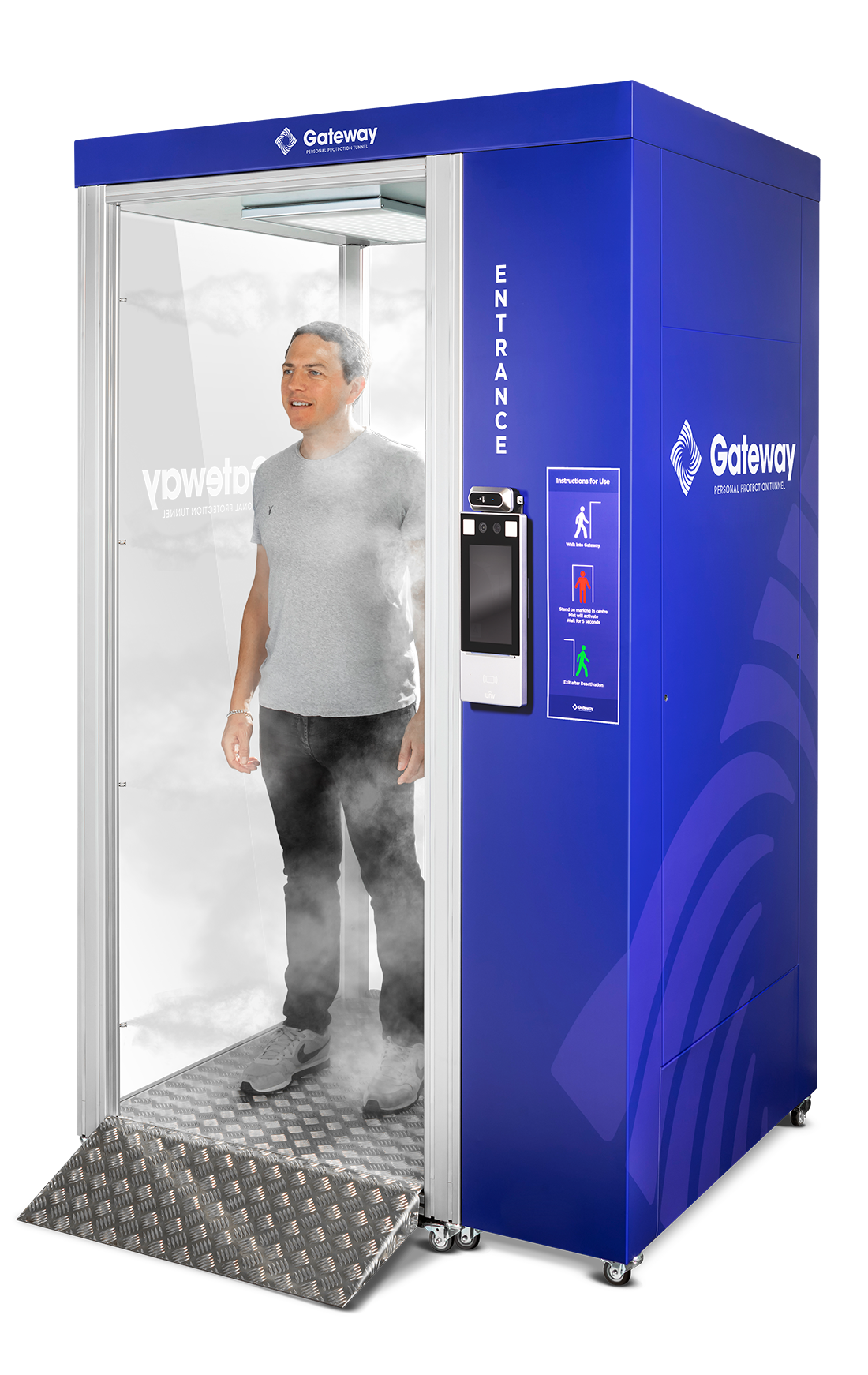An Overview of Emergency Lighting
Emergency lighting is a necessity for all businesses, whether you operate a small premises or a large building. It provides illumination and peace of mind in an emergency situation, and it ensures that you are complying with certain parts of legal guidelines and the Regulatory Reform (Fire Safety) Order. This article will provide an overview of emergency lighting, its importance and what businesses need to do to comply with legislation.
What is emergency lighting?
There are different types of emergency lighting that serve different purposes:
Emergency escape lighting
As a requirement of The Regulatory Reform (Fire Safety) Order 2005, buildings must contain a lighting system that illuminates the premises for people leaving a location in an emergency.
Standby lighting
This is not a legal requirement; it is usually installed in buildings for the purpose of allowing normal operations to continue in a non-emergency event. The need for this type of lighting depends entirely on what the property is used for and how many people occupy it at any given time.
Escape route lighting
This is required to ensure that emergency evacuation routes are sufficiently illuminated in order to aid the safe evacuation of those in the building.
Open area lighting
This is also known as anti-panic lighting, and is designed to keep people calm and find their way to an exit safely.
High risk task area lighting
As the name suggests, this lighting is used to illuminate areas where people are carrying out potentially dangerous work. This means visibility is increased and all appropriate shutdown processes can be followed.
Who is the ‘responsible person’?
The ‘responsible person’ is defined as the employer in a workplace, if the workplace is under his or her control or the person who has control of the premises (occupier or manager). This person has a duty to:
- Carry out or arrange a fire risk assessment to identify possible hazards and risks
- Ensure that fire safety arrangements, policies and procedures are up to standard
- Ensure that adequate escape routes are required (fire exits, fire doors, signage and emergency lighting)
- Regularly review procedures and make any necessary changes
Testing
Testing can be carried out using two methods: manual testing and automatic testing. With manual testing, a mains failure is simulated by isolating all lighting, individual circuits and individual luminaires. If the system has a single switch for large circuits, the tester must walk the whole circuit and check that the emergency luminaires are operating correctly. The mains supply is then restored, and the circuit must be checked again to ensure emergency lights are working. If emergency luminaires are individually switched, then only one walk is required but the switches must be tamper-proof.
Automatic testing is an option when the costs of calling out an engineer are unfeasible – self-testing emergency lighting is available in different formats to match the requirements of different sites. The results of any tests must be recorded as they would if they were manual tests.
All emergency lighting systems should be tested monthly, in accordance with BS EN 50172:2004 and BS 5266-8:2004.
Maintenance
Essential maintenance is usually performed as part of the testing routine, but spare equipment should be provided for consumable items.
Ensuring that your property is properly equipped with the appropriate emergency lighting systems is vital in order to comply with legislation and ensure the safety and peace of mind of the occupants of your building. Make sure you are knowledgeable on the required systems for your building and seek out any professional assistance that may be required to bring your systems up to standard.
At Conditioned Environment, we are proud to provide comprehensive and effective emergency lighting systems for our customers. If you would like to know more, please get in touch with us today and we’ll be happy to help.




